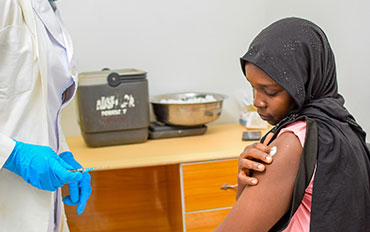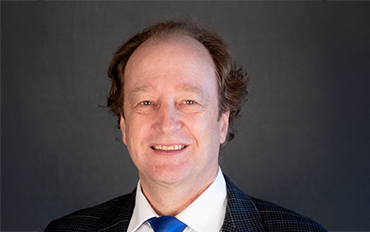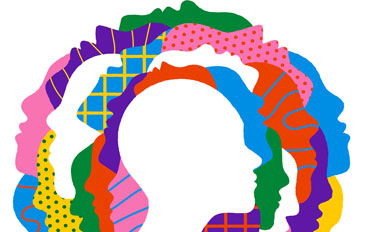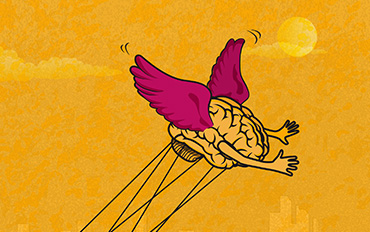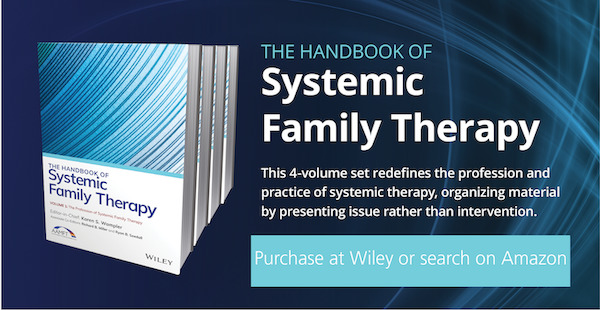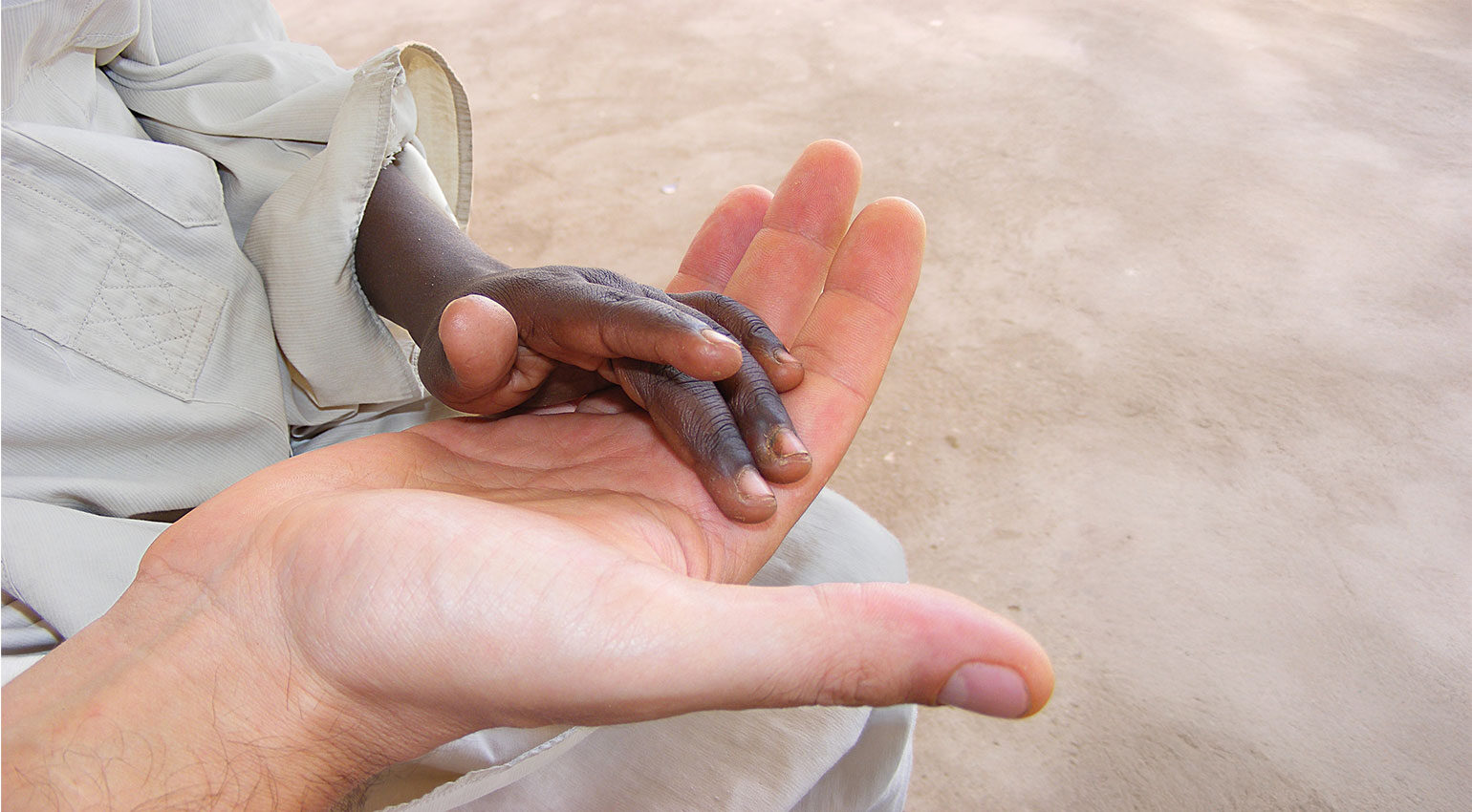
CURRENT ISSUE VOLUME 24, NO. 2
March / April 2025

CURRENT ISSUE VOLUME 24, NO. 2
March / April 2025

CURRENT ISSUE VOLUME 24, NO. 2
March / April 2025

CURRENT ISSUE VOLUME 24, NO. 2
March / April 2025
FEATURES
Still Wrestling with Anxiety? Why Deep Breaths and Mindset Shifts Are Not Enough
Most people experience moments of anxiety—whether about politics, work, finances, health, or relationships. While occasional anxiety is a natural part of life, and even a helpful motivator sometimes, it becomes problematic when its intensity and frequency interfere with daily functioning—a presentation currently on the rise.
Marie-Nathalie Beaudoin, PhD
Helping Youth Struggling with Anxiety
Anxiety in youth can manifest in various ways: some may become tearful, agitated, or others might withdraw. Changes in behavior often signal a preoccupation with something difficult to understand, overcome, or envision. When a young person is facing a threat—such as fear for their safety, uncertain housing, or the potential loss of a loved one—it is important to acknowledge the possibility of the event while helping children feel prepared and capable of facing the challenge.
Marie-Nathalie Beaudoin, PhD
A Call to Action: Supporting Humanitarian Aid Workers Through Collective Grief and Career Crisis
Over the past two weeks, I’ve logged into sessions greeted not by familiar updates about the challenges of humanitarian work, but by tears and stunned silence. The same refrain plays out across borders: ‘We’ve all been let go.’ As of early 2025, policy changes affecting U.S. foreign assistance have resulted in widespread disruptions across the humanitarian aid sector.
Jason J. Platt, PhD
Teaching in the Landscape of Political Uncertainty
Since the new year with the second wave of Donald Trump’s presidency, we knew that being with students in the classroom, as women in academia, would be more complex than ever—navigating the reality of political shifts can bring a world of difference to all of us who are part of higher education.
Danna Abraham, PhD & Afarin Rajaei, PhD
FEATURES
Family Therapy for Clients of Wealth: Extending Culturally Competent Care Through a Systemic Lens
That we are living in volatile times is not new news. The last decade has been defined by acute disruptions in multiple spheres of our individual, relational, and collective existence. Historically, the magnitude of these disruptions served to unite disparate identities around a common good.
Paul Hokemeyer, JD, PhD
Unclogging the System: Minimizing Pressures That Burst Parental Pipes
Last year, U.S. Surgeon General Dr. Vivek Murthy released an advisory titled “Parents Under Pressure,” highlighting the escalating stress and mental health challenges faced by parents and caregivers. The report emphasizes that parental well-being is crucial not only for the health of parents but also for the optimal development of children and the overall health of society.
Shatavia A. Thomas, DMFT
Visiting Neglected Corners: Exploring Early Pregnancy Loss in the Workplace
In the U.S., the issue of reproductive health has been at the center of political debate about women’s rights, particularly since the Supreme Court overturned Roe v. Wade in 2022, and more recently with the government’s administration change. Independently of political affiliation, MFTs are still tasked with supporting individuals and families navigating the effects of early pregnancy loss in the complex legal and political landscape of women’s reproductive care.
Danna Abraham, PhD, Ixchel Solorzano, MA & Mohammad Shahisaman, MA
NEWS FROM AAMFT
Departments
A Message From the President
Greetings AAMFT members! I hope all enjoyed a restful, fun, and productive summer! This was a particularly hot summer in most areas of the contiguous United States (if not all over the globe!) and I hope everyone remained safe and cool.
Adrian Blow, PhD
Noteworthy
Contemporary Family Therapy Practices and Practitioners
A CMFT video training series is available on YouTube, produced by Steven M. Harris, PhD, and Ronald Asiimwe, PhD, at the University of Minnesota. It was designed to update a media base for training family therapists, as AAMFT’s “Masters Series” videos have grown out of date, with the content of the cases, client families, and the therapists themselves not representing the therapists or clients of a contemporary audience.
Special to This Issue
The epitome of redefining professional identity
My heart constantly exposed
Unfiltered but passionate I dreamed of a better way
Maybe progress within me will pour into a craft
tired of being the porcelain on a shelf
It was time for a deconstructed self
Inkera Muwwakkil, MA
Perspectives
Weight Loss Medicine Isn’t Enough: Tackling Anti-fatness as a Systemic Therapist
Anti-fatness is a pervasive function of society. It dwells in the outermost layer of society’s systems and encroaches on each inner level, carefully harming everyone along the way. By the time people with larger bodies encounter explicit anti-fatness face-to-face, they have already accrued the brunt of implicit anti-fatness that has increased their marginalization.
Emani Sullivan, MS, Karlynn Sievers, MD & Tonya Cook, PharmD
Perspectives
Reimagining Resistance: An Invitation for a Systemic Exploration in MFT Supervision
The construct of resistance is frequently discussed during marriage and family therapy, yet it is often addressed without being located in a systems-oriented framework.
Danna Abraham, PhD & Afarin Rajaei, PhD
Perspectives
Neuronutrition: An Introduction to an Important and Complex Topic
The field of neuronutrition is an ever-evolving holistic, integrative, and interdisciplinary field of study.
Jerrod Brown, PhD, Bettye Sue Hennington, PhD, Tiffany Flaten, MEd, Jeremiah Schimp, PhD, & Jennifer Sweeton, PsyD
Perspectives
Embodiment & Equine Therapy: Anorexia Nervosa
Equine therapy helps develop mindfulness in clients as “horses are masters of being in the moment.” Mindfulness brings us into the here and now, so that we are truly able to show up and be in the moment.
Jennifer Cahill, MBA
Perspectives
Shifting Worldviews on Excessive Technology Use with Systemic Approaches
In today’s digital landscape, the pervasive presence of technology brings unique challenges to family dynamics, necessitating a reevaluation of traditional norms and values. As a therapist specializing in marriage and family dynamics, I’ve witnessed firsthand the profound impact of excessive technology use on familial relationships.
Ezra Lockhart, PhD
“
FTM is a connector to and from diverse family therapy practice, policy, supervision, and research leaders.
 —Angela Lamson, PhD, LMFT
—Angela Lamson, PhD, LMFT
“
With cutting-edge and relevant articles, the FTM is the place I find practical systemic information.
 —DeAnna Harris-McKoy, PhD
—DeAnna Harris-McKoy, PhD
“
The magazine is great because it shows what other remarkable things my fellow colleagues are doing in the field.
 —Sheldon Jacobs, PsyD, LMFT
—Sheldon Jacobs, PsyD, LMFT


